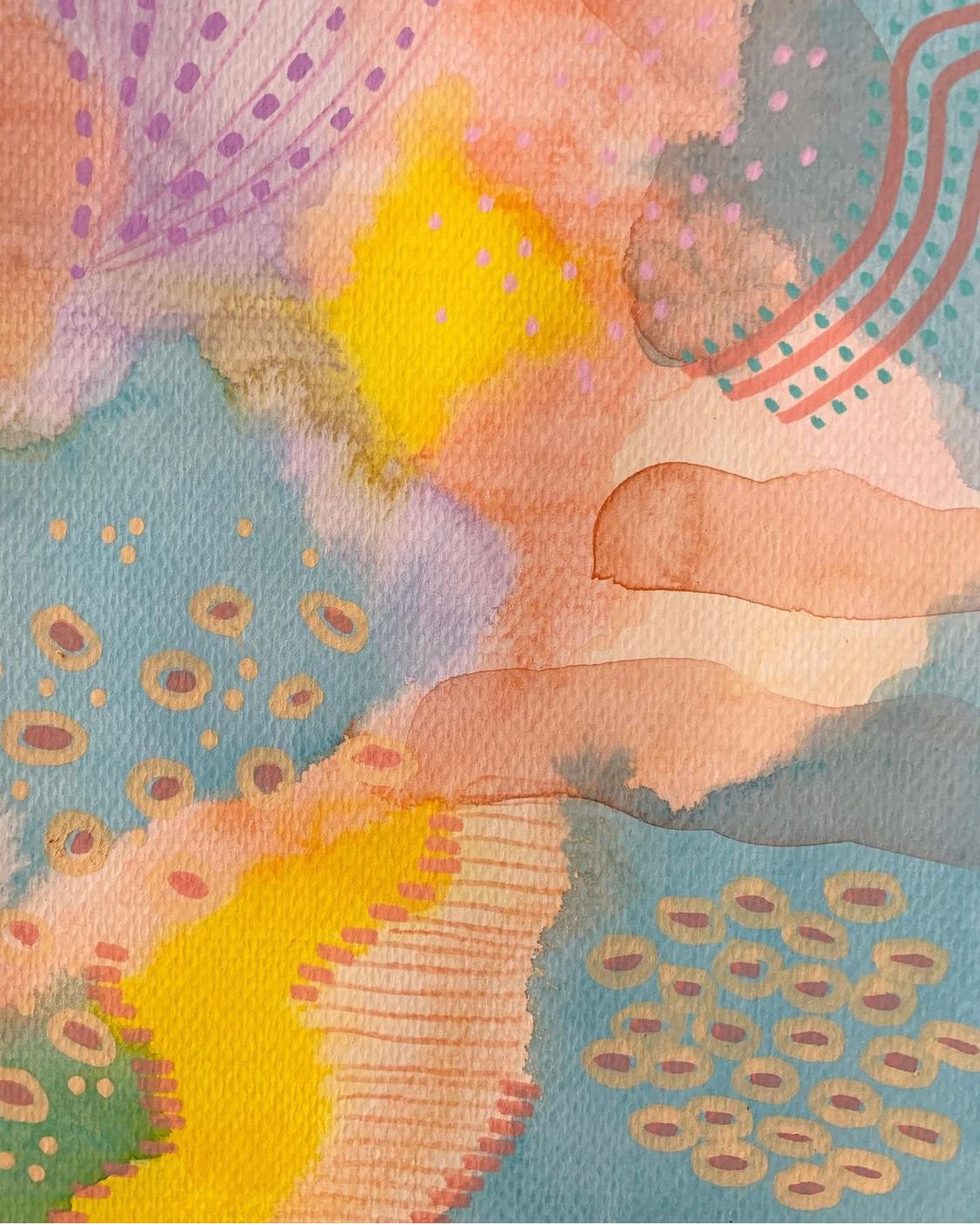Years ago, I learned from Tania Rivera to read Freud by always asking him a question. I have never forgotten this, and every time I reread a Freudian text, this orientation makes more sense. I think this "method" works for texts or books by any author. Perhaps we do not always have exactly a question, but a theme, a subject that has taken us when reading. An indication that it works is that the experience of rereading a text, a book, whatever it may be, is often intriguing. Sometimes we are so surprised by this "rereading" that we may even suspect that we have actually read that text.
The method of asking the author a question, of course, creates a kind of filter, puts a lens on our eyes, a bit like those images in which you can see a lady or a girl, a chalice or two faces in profile. These images that play with figure-ground are always curious, because a person can see an image and simply not be able to see the other image, even if he tries to do so. Asking a question to the text, it seems to me, can be playing with that, with what is placed as a figure and what remains as a background. In this sense, the text may even seem to be transformed.
However, with the exception of different translations, which can modify the words and even the meaning of a text, the text remains the same, the words, sentences and paragraphs remain arranged in the same way. But what about us, the readers, remain the same? Why do we sometimes feel that the text seems so different, so strange? Or do we get the feeling that there is new information? In the time interval between one reading and another, what happens to us?
In Another Post , I talked about marginalia, a name that designates the notes made in the margin of a book or any document. I highlighted how much there is something intimate in what is written on the margins, something that makes history and that can even gain the status of a work. I now seem to find at least one reason why this subject is so striking. The traces we leave in the texts we pass through they can function as clues about what we learned, about how we were affected, when we last read it.
Perhaps our markings, highlights, drawings, indicate to us why a book seems to transform before our eyes, why it seems new or so strangely old. It is really a delight to be able to reread a text and discover another, to reread a book and feel strange, because after all we are no longer the same even from yesterday.





